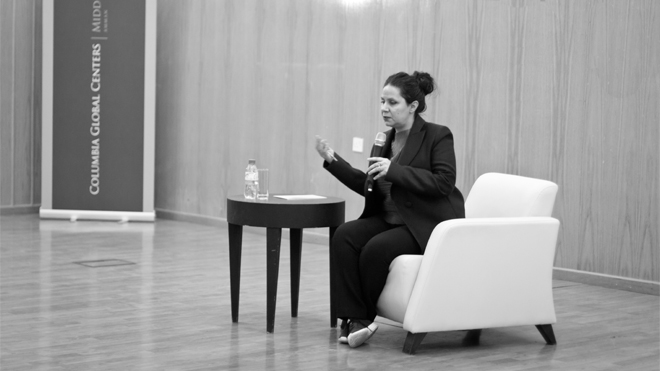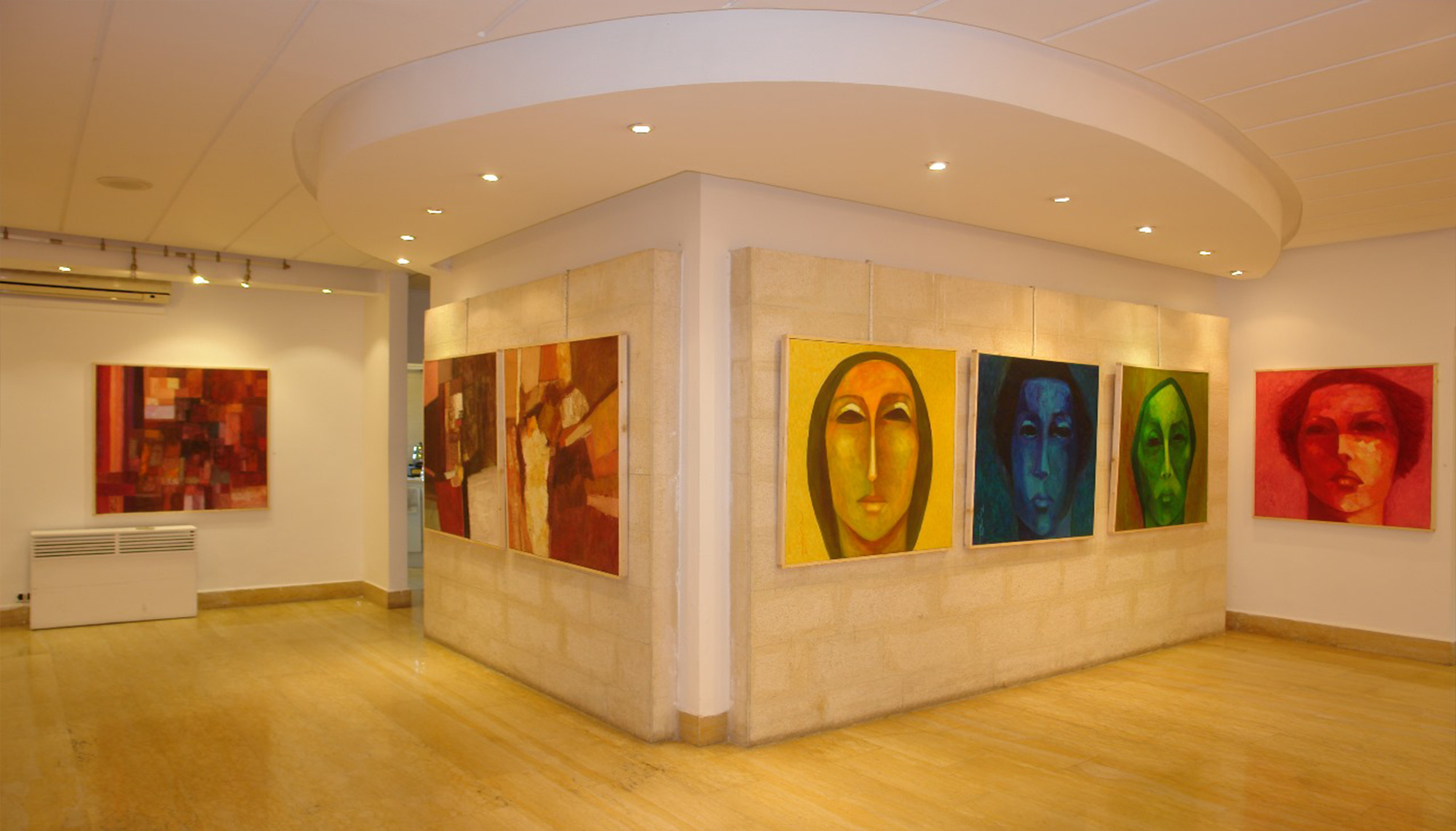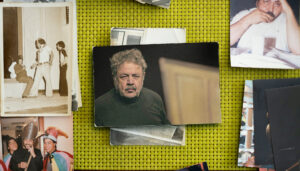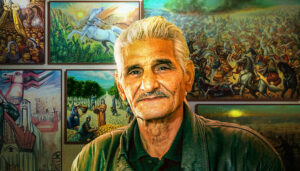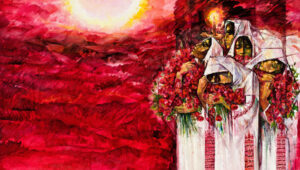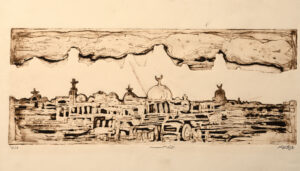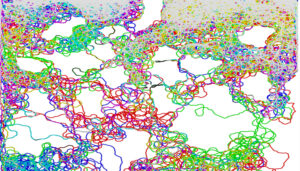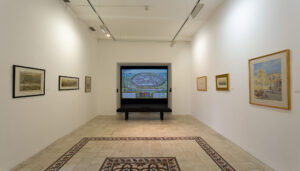Sara Obeidat
At a time where the sociopolitical discourse in the Middle East steers away from pluralism and the political street becomes barricaded with censorship, the notion of the public space in its purest form- a space genuinely owned by the people for the people -has become almost obsolete. The need for authorization, proposals, and permits to allow these “public spaces” to be used, whether for the purpose of a theatrical performance, a public debate, or an art installation turns these spaces into “semi public spaces”, where governments dictate which conversations the people should have, and in many cases sensor these conversations completely. As a result, something as simple as art in a public space may take the shape of a political statement or an act of resistance.
“The law in Lebanon requires any work of theatre, art or public presentation to acquire a letter from the security general. I never present any work to the authorities, it’s a principle I have. It is a law created to control knowledge diffusion, and this is my way of resistance; sometimes it works, sometimes it doesn’t.” said Chirstine Tohme, the founder of Ashkal Alwan, the Lebanese Association for Plastic Arts.
During her talk at Columbia Middle East’s Global Center on Monday entitled “Love at First Sight” Christine Tohme emphasized the importance and the heavy burden art has in challenging the sociopolitical status quo in the region. Tohme founded Ashkal Alwan, an art association in Beirut with no prevalent address. What started in the trunk of a silver Mitsubishi more than two decades ago now serves as an incubator and educational hub for artists throughout the region. With educational programs, artist residencies, workshops, and conferences, Ashkal Alwan has become a model institution for artists in the region. Every two to three years, Ashkal Alwan hosts a conference called the Home Works Forum, which takes the shape of a consortium of conversations, for around 800-1000 artists to gather in Beirut and attend talks, performances, discuss publications, and discover new artists.
In addition to the change of location, Tohme mentioned the change of vision her association went through due to the changing political landscape the region has been witnessing over the past few years. Tohme went from being focused on producing contemporary art, to focusing more on art in the sociopolitical and civic sphere while fundraising and supporting more artists from across the region to participate in Ashkal Alwan’s programs in Beirut. She also talked about the prospect of a conference on housing projects that will take place in Lebanon’s biggest refugee camp. “5 years ago this would have never happened, because I was focused on producing contemporary art.” said Tohme, “my connection to the art world is related to the civic sphere, it is about civic discourse and civic debate… I am not interested to hang things on the wall, but to change things civically and politically.”
With this point in mind, Tohme invited us to question the significance and value of the art initiatives and art spaces being produced in the region during our current sociopolitical circumstances. With three museums currently being built in Lebanon, and various other ones equipped with multimillion Dollar investments being erected in the Gulf (such as the Louvre and the Guggenheim), it is vital to question the value and impact these institutions will actually have in creating a meaningful and vibrant space rather than catering to a certain market or industry.
“I am not a fanatic against museums. However, there are meaningful gestures and practices for the reality that we are living today. If you take the museum as a hub, or a community center, or a place that creates meaning and diffuses knowledge then I cannot agree more with building a museum. But these days the premise of a museum as a static space scares me, because what is happening in the Arab world has to do with the promise of a vibrant and volatile space in the future.” Tohme gave Palestine as an example, where she said she knew of around 50 museums, each one comprised of a single room. “We can start by building rooms, or community centers. Who goes to museums now a days besides a certain segment of the population?”
Tohme acknowledged the inaccessibility of art to many people because it is very often seen as being affiliated with a privileged position. A reason for this may be because of the way we look to the West as a reference when it comes to art, even when that art is purely from our own region.
“When artists first started in the region, there was no model to look to but the West, and I did see many Western institutions as models. However, decades later, many of us have built our own models and our own references, many people in the region have worked so hard, we are writing our own history.”
